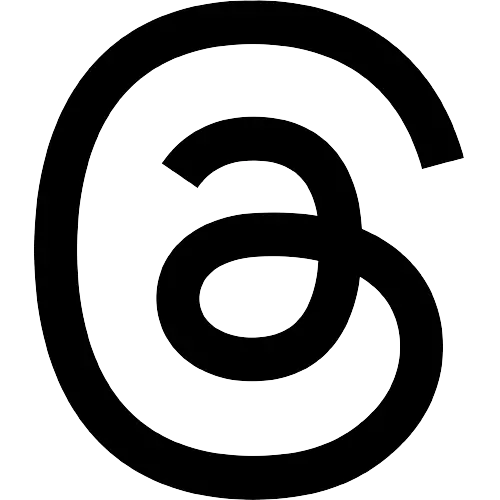Learning supervision: AI is rewriting how coders learn code
For some coders, this may feel like an existential threat.

Representative Image
For decades, computer science students have been taught a central skill: using computers to solve problems. In practice, that has meant programming — writing code to tell a machine how to perform tasks, like sorting a list of numbers or finding the most effective way to deploy snowploughs during a storm.
Now, generative artificial intelligence tools like ChatGPT and Claude can write those programs themselves. A student can ask ChatGPT to write a program that sorts a list of numbers and get a working answer in seconds.
This new capability is transforming how computer scientists work. Microsoft’s chief executive, Satya Nadella, has said that up to 30% of the company’s code is now written by AI. Even non-programmers can suddenly create their own software tools.
For some coders, this may feel like an existential threat. It certainly marks a major shift for computer scientists and those who teach them. The essential skill is no longer simply writing programs but learning to read, understand, critique, and improve them. The future of computer science education lies in mastering the indispensable skill of supervision.
The speed and efficiency of using AI to write code is balanced by the fact that it often gets things wrong. These tools are designed to produce results that look convincing but may contain subtle errors. A recent survey found that over half of professional developers use AI tools daily, but only about one-third trust their accuracy. Two-thirds said their biggest frustration was “AI solutions that are almost right but not quite.”
Human oversight remains essential. Programmers must supervise AI tools, ensure AI-generated code does what it’s supposed to do, and repair defects. Yet computer science education still focuses on coding as the main activity. Some students now use AI to finish assignments without learning how the code actually works.
Most curricula don’t yet emphasise skills critical for programming supervision — understanding the strengths and limits of AI tools. Research suggests that new developers with less than a year’s experience can be less efficient with AI tools than without, likely because they lack the skills to evaluate and correct what AI produces.
Those abilities — understanding why code works, catching errors and knowing when to trust a result — are learned over time. Experienced developers often find AI helpful for filling in details, but new ones need to build judgment skills now to thrive in an AI-dominated workforce.
Changing what we teach means rethinking how we teach it. Educators are exploring ways to help students use AI as a learning partner rather than a shortcut. In one study, students who used AI to debug faulty programs became better at finding and fixing errors themselves. Another found that teaching students to give AI clearer instructions led to more accurate results.
The rise of generative AI should sharpen, not distract, our focus on what truly matters in computer science education: helping students develop the habits of mind that let them question, reason, and apply judgment in a rapidly evolving field. As Nobel laureate and AI pioneer Herbert Simon once said, “Learning results from what the student does and thinks.”
The New York Times



